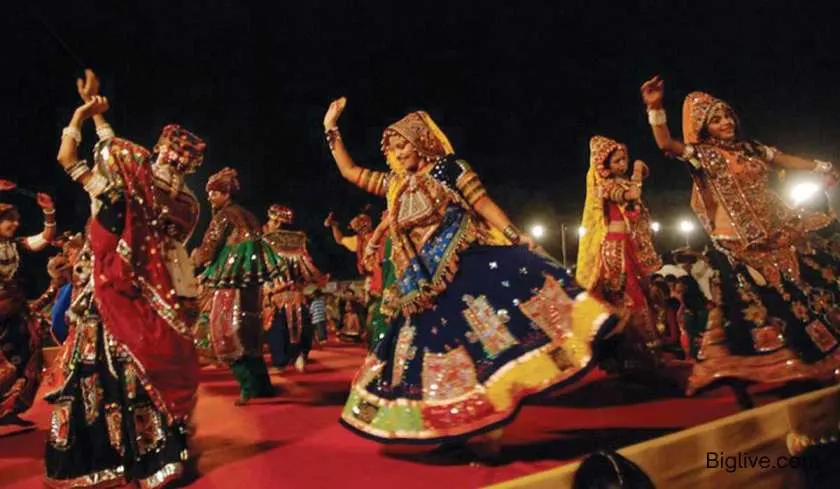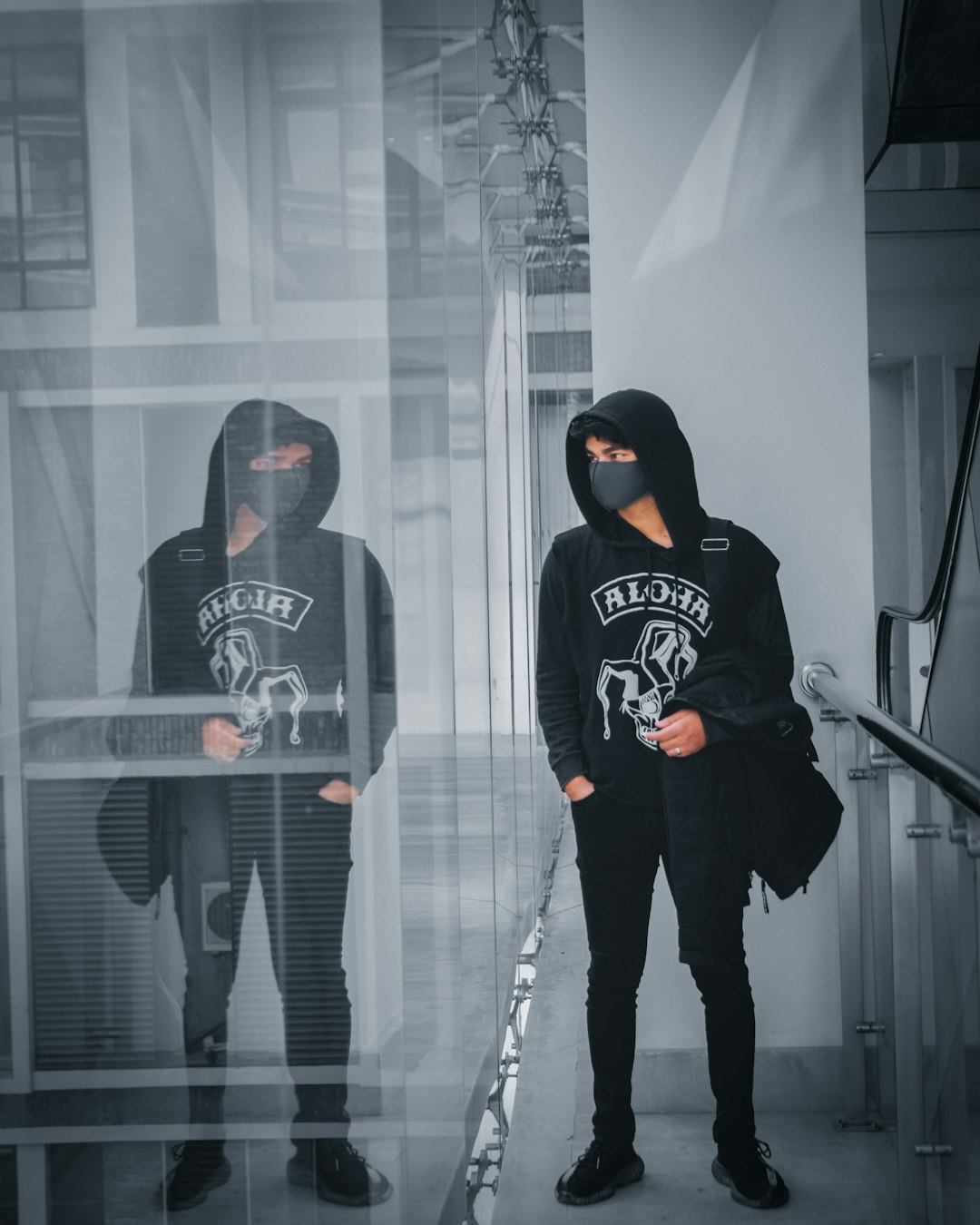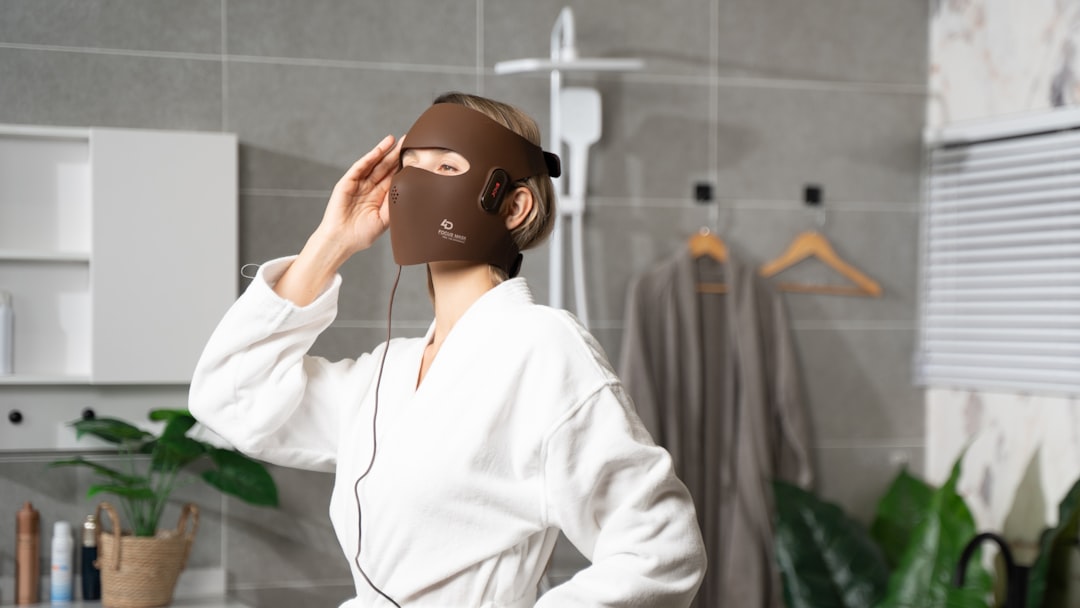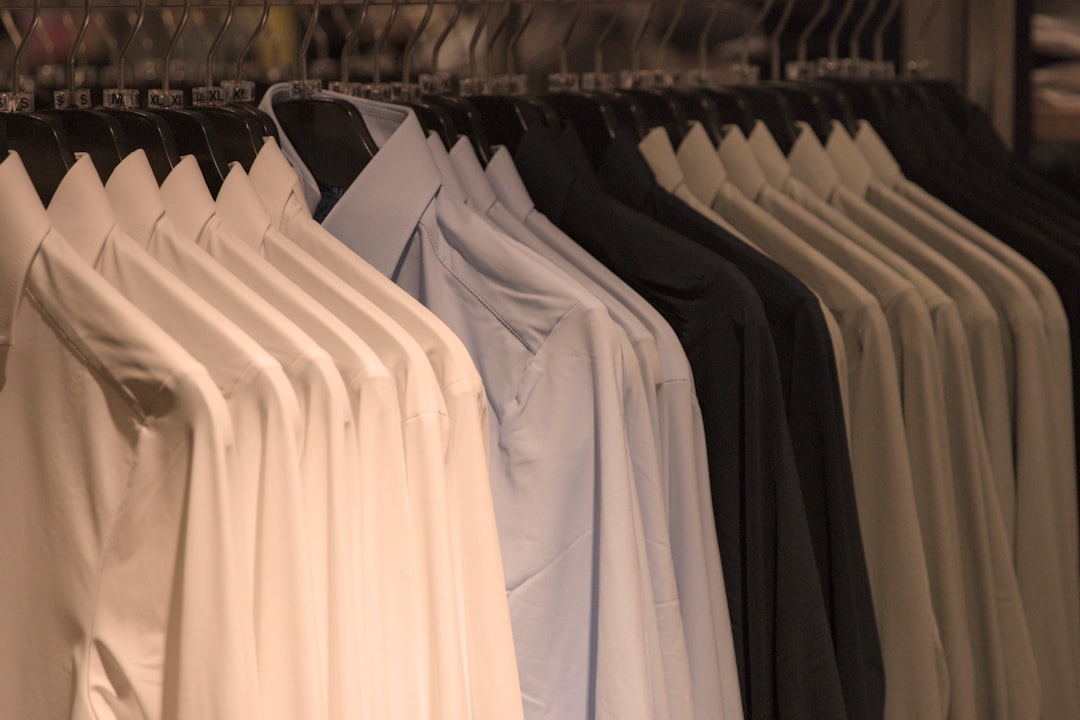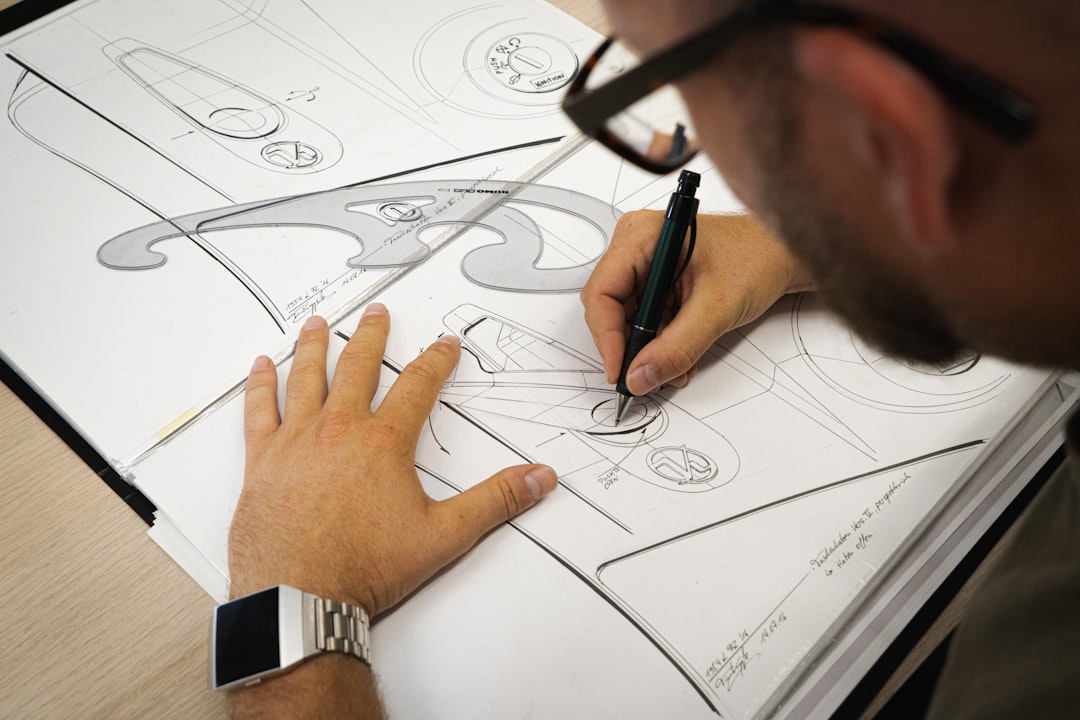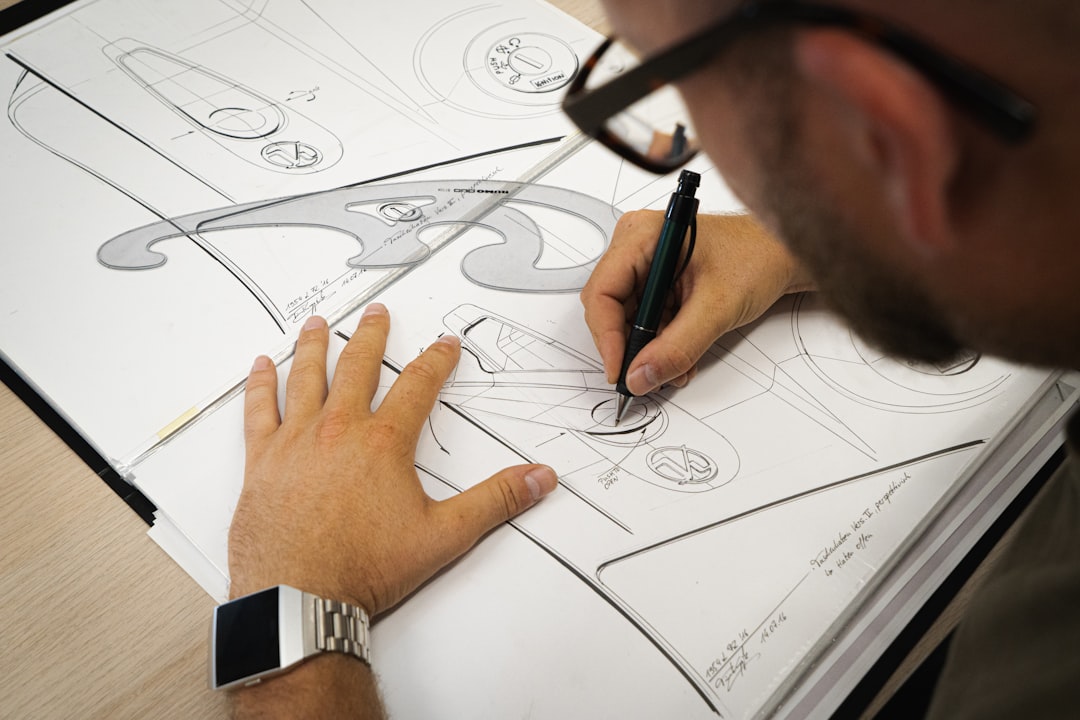Where Clothes Speak Louder Than Words
Step into Gujarat during any festival, and you’ll feel it. The buzz in the air. Music echoing from every corner. The smell of food from street stalls. And then—there’s the fashion. It hits you before anything else. The people here don’t just get dressed. They show up. Each piece is handcrafted with tradition, color, and conviction. Their clothes do more than cover—they tell stories. Some stitched by hand, others passed down over generations.
A chaniya choli swirling during garba? That’s not just for the ‘gram. That’s a memory in motion. A Patola saree draped at a wedding? It’s not picked out last-minute—it’s usually been in the family longer than the bride.
Why What You Wear in Gujarat Means So Much
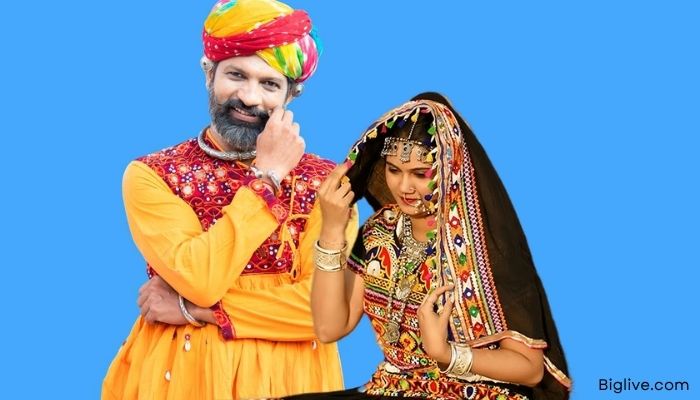
In many parts of the world, clothes are fashionable. In Gujarat, they’re identity. Here, what you wear depends on more than just the weather. It’s about where you’re from, what your community follows, and which day it is on the calendar.
- A farmer’s cotton kurta is stitched loose—for comfort and work.
- A bride’s saree is loaded with history—her mother or aunt probably wore the same style.
- A child’s Bandhani outfit? Often a gift from a grandparent, with love in every tied knot.
And don’t even get started on color. It’s a language here. Red is a celebration. Yellow is a blessing. Green is fresh. It’s all intentional.
Traditional Menswear: Rooted and Real
Kediyu and Dhoti: Garba's Go-To
Ask any Gujarati guy what he’s wearing for Navratri, and nine out of ten will say: Kediyu and dhoti. This ensemble is designed to dance, not just follow tradition. The pleated, flared top, frequently adorned with mirror work, is called a kediyu. To make movement easier, the dhoti is wrapped. Toss in a bright turban (pheta) and some mojdis (traditional shoes), and he’s ready to spin till midnight.
Kurta and Chorno: Everyday Cool
Step into a village or even an old-school city market, and you’ll spot men in cotton kurtas and chorno. Simple. Breezy. Functional. They aren’t trying to stand out—but they do. Because of this simplicity? It’s timeless.
Sherwanis and Bandhgalas: The Wedding Game
When it’s time to suit up for something fancy—like a wedding—you’ll see men ditching their everyday wear for sherwanis in silk or brocade. Bandhgalas too. Both look sharp, regal, and very “Gujarat groom.”
Women’s Wear: Color, Craft, and Culture
Chaniya Choli: The Soul of Every Dance.
- The choli (blouse) is tight, often backless or with string ties.
- The chaniya (skirt) flares wide—perfect for twirling.
- The dupatta flows, sparkles, or dances with you.
Mirror work, tassels, embroidery—each set is a work of art. Often handmade, often unique. No two women at Garba wear the same thing. That’s the beauty of it.
Gujarati Saree Drape: Not Your Usual Look
Here’s something cool—Gujaratis drape their sarees differently. The pallu comes over the right shoulder (not the left like in most other parts of India). And the fabrics? They speak volumes.
- Bandhani: Small dots, bright shades, endless joy.
- Gharchola: Red, gold, and grid-like patterns. Worn by brides or during rituals.
- Patola: This one’s royalty in silk. It's a double-ikat. No cheap print—just pure weave.
Fabric That Feels Like Home
Bandhani: Tie, Dye, and Tradition
You’ve seen it. Bright scarves with dots. Dupattas with patterns that feel alive. That’s Bandhani. Artisans tie thousands of tiny knots on fabric, dye it, then untie.
Patola: Woven for Queens
A true Patola saree can take months to make. The threads are dyed before they’re even woven—yes, you read that right. It’s so precise that you could flip the saree and not tell which side is front. Back in the day, only royalty wore these. Now? They’re still expensive, still rare, and still jaw-dropping.
Ajrakh and Mashru: Earthy and Elegant
- Ajrakh: Block-printed with earthy tones—deep blue, brick red, and black.
- Mashru: Shiny on the outside (silk), soft on the inside (cotton). Looks rich, feels cool.
You’ll find these in jackets, dupattas, skirts—even bags now.
Jewelry: A Statement Without Saying a Word
You’ll never see a traditional Gujarati outfit without some serious jewelry.
- Maang tikka rests on the forehead
- Bajubandh hugs the upper arms
- Oxidized necklaces fall in layers
- Nath connects the nose ring to the ear
- Anklets (payal) and toe rings finish the look
In tribal regions, women wear huge silver neckpieces that look almost armor-like. But to them? It’s everyday wear. Just like putting on earrings.
When Gujarat Dresses Up
Navratri Nights
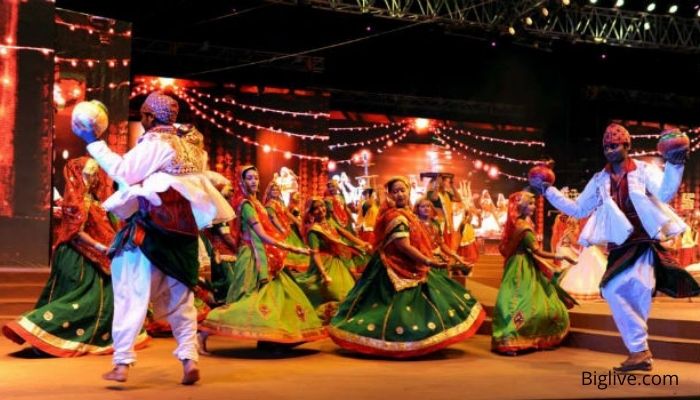
Navratri in Gujarat is more than dance—it’s a fashion runway. Each night comes with a color. And people don’t just follow it—they own it.
- Women wear new chaniya cholis every day (yes, every day!)
- Men combine vibrant coats with kediyu outfits.
- Jewelry, hair, makeup—all thoughtfully matched
During Garba, there is no such thing as "too much."
Weddings: Loud, Joyful, and Dressed to the Nines
Gujarati weddings are big. And the outfits? Bigger.
- Gharchola or Panetar sarees, which are red and white with gold thread, are worn by brides.
- Grooms rock embroidered sherwanis with silk stoles and turbans
- Family members color-coordinate—yes, including the cousins
The photos are always stunning, but the clothes? They steal the show.
Read more:- Teej Festival In Punjab: History And Celebrations Explained
Blending the Old and the New
The rules are being respectfully rewritten by Gen Z and millennials today.
You’ll see:
- Bandhani crop tops with denim shorts
- Mirror-work belts over plain dresses
- Sarees with sneakers (yup, for real)
- Boys wearing embroidered jackets over white tees
It’s not rebellion. It’s evolution. And Gujarat is watching its own heritage become cool again.
Closing Thread: More Than Fashion
Here’s the thing—when someone from Gujarat gets dressed for something special, they’re not just picking clothes. They’re picking history, emotion, and pride. Whether it’s a mother tying her daughter’s Bandhani dupatta, or a grandfather handing down his wedding sherwani—these aren’t just outfits. They’re moments.



